“The luxurious outfit that men from the 18th-century nobility would wear, the habit à la française, is composed of a coat, waistcoat, and breeches. It also included a pair of silk stockings, a jabot, a linen or cotton shirt with decorative cuffs, and a cravat (a neckcloth).”
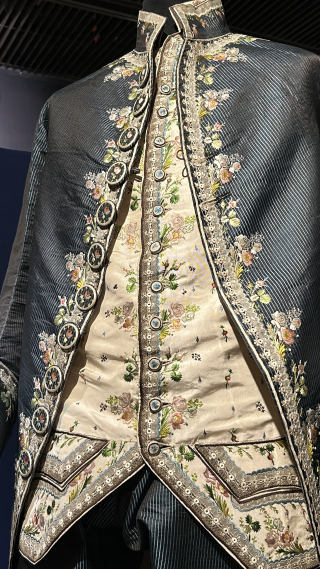
Challenging traditional gender norms, the 18th century saw a unique trend in which the beauty of embroidery was effectively showcased in men’s clothes rather than women’s dresses. This can be seen in the formal wear of Académie Française members, where the coat and waistcoat of the habit à la française are fully embroidered with golden and silver threads, multi-colored threads, sequins, and artificial gems.
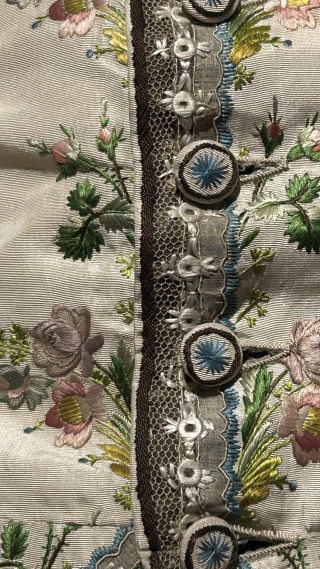
The first buttons, serving as ornamental embellishments to a person’s attire, played a significant role in signifying wealth or status. The concept of buttons as we know them today began to emerge around the 13th century. Initially, they were crafted from precious materials like ivory and metals, symbolizing wealth and prestige.
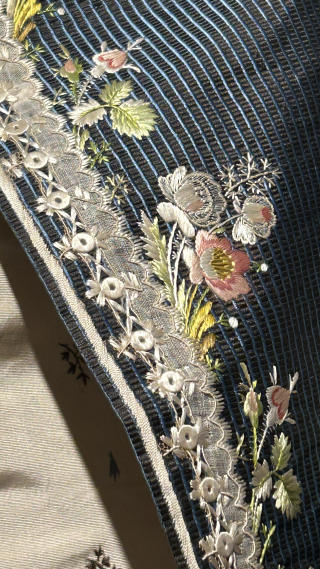
The detailing of an 18th-century man’s silk embroidered waistcoat.
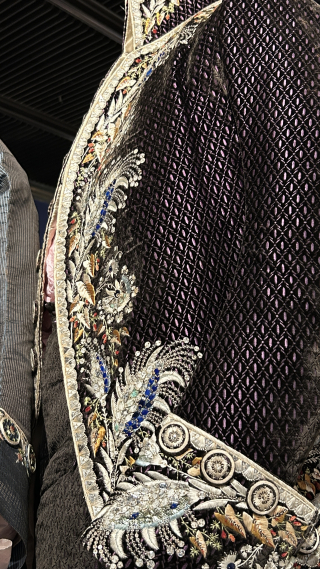
These examples belong to a friend.
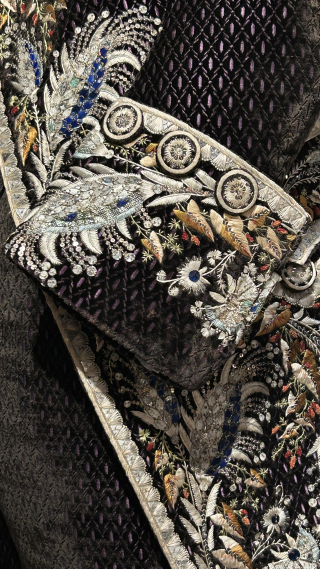
There is such a rich history in textiles and the changing clothing style.
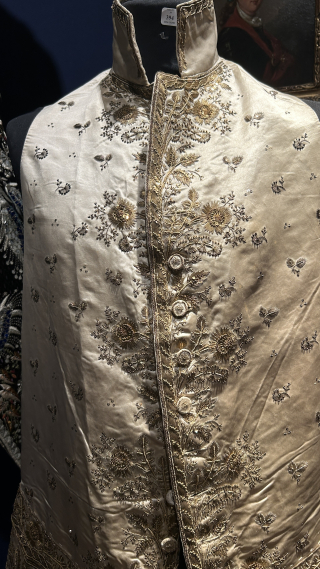
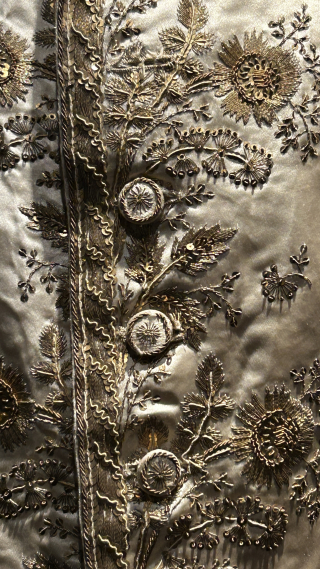
Most 18th-century clothing is amazingly crafted with talented artistry, nimble fingers, and a creative mind of unsung artists.
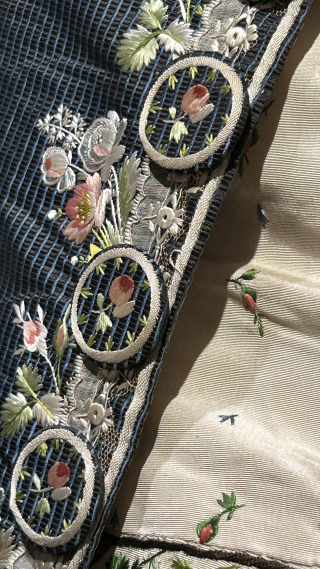

Leave a Reply